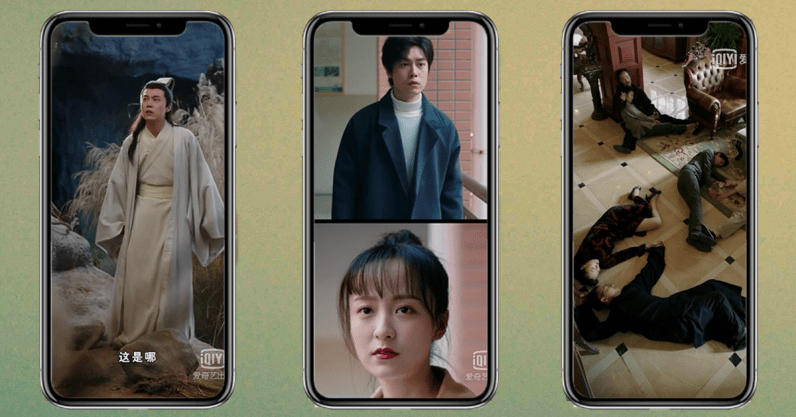Verticality, media, and China

This is the collision of two interesting “topic fields” I like to pay attention to. China in general, especially how media, social media, and commerce differ from the western models. And how the verticality of smartphones (and apps) is affecting media at large.
First, in this piece on The Next web about Chinese vertical dramas, we get a quick dive into the growing number of series built for the format. Aside from the visual shape, they are usually short episodes, fast-paced with many punchlines, and are exploring the possibilities of top to bottom transitions. You can find quite a few links and screenshot examples in the article.
Last time I guest edited here, I posted about an Ian Bogost piece on how Stories are overtaking social media, which focused in part on the vertical rectangle.
That name is vestigial now, because it’s only incidental that an iPhone or a Pixel is a telephone. Instead, it’s a frame that surrounds everything that is possible and knowable. A rectangle, as I’ve started calling it.
Back to China, this fascinating piece by Connie Chan at Andreessen Horowitz looks at the varied business models local internet companies are using, contrasting that to the mostly “one trick pony” approach of American counterparts. Chan focuses on books, podcasts, videos, and music, and although the examples are varied, they can be boiled down to a couple of main ideas; gamification of every possible aspect of the app and experience, and up-selling to VIP memberships and all kinds of merchandise.

Finally on the always excellent Logic mag, Christina Xu with a look at bullet comments culture in China, “an invasive species from Japan,” which layers comments over video, each attached to a specific moment. Originally popularized on the Bilibili platform, they are now present in a number of other places and media.
They represent the essence of Chinese internet culture: fast-paced and impish, playfully collaborative, thick with rapidly evolving inside jokes and memes. They are a social feature beloved by a generation known for being antisocial. And most importantly, they allow for a type of spontaneous, cumulative, and public conversation between strangers that is increasingly rare on the Chinese internet.





Stay Connected